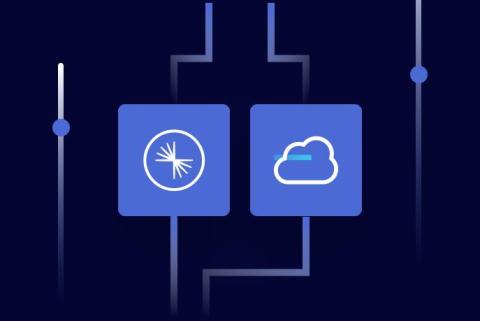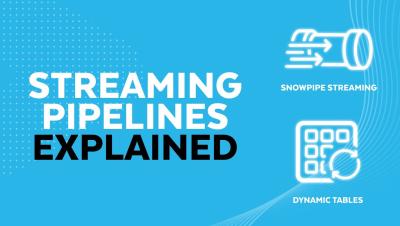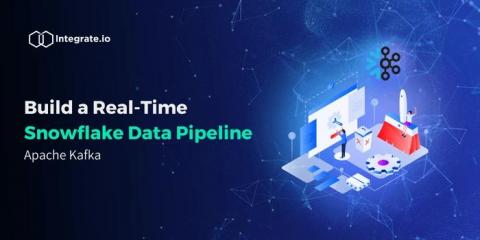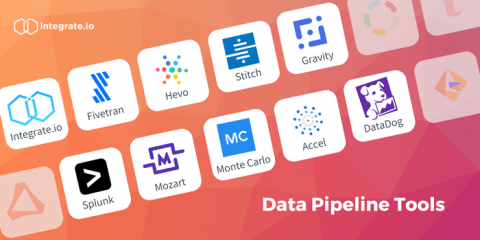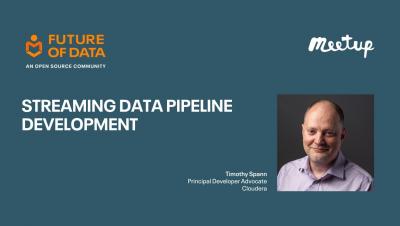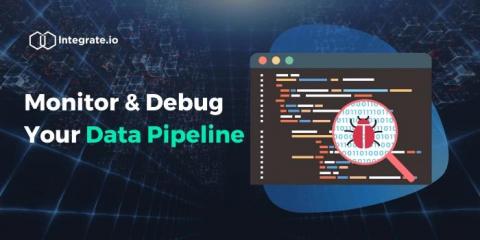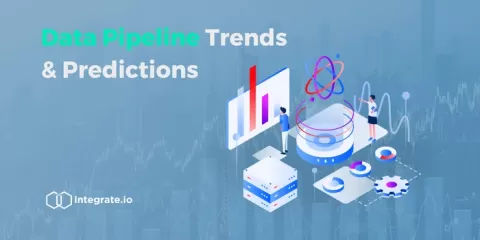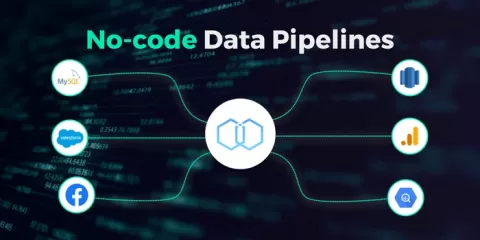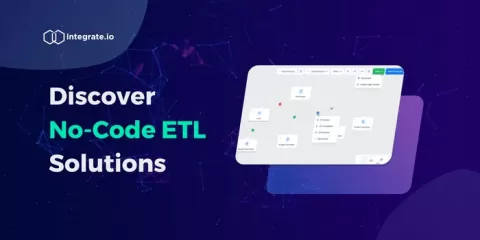Deliver Intelligent, Secure, and Cost-Effective Data Pipelines
The Q3 Confluent Cloud Launch comes to you from Current 2023, where data streaming industry experts have come together to share insights into the future of data streaming and new areas of innovation. This year, we’re introducing Confluent Cloud’s fully managed service for Apache Flink®, improvements to Kora Engine, how AI and streaming work together, and much more.


